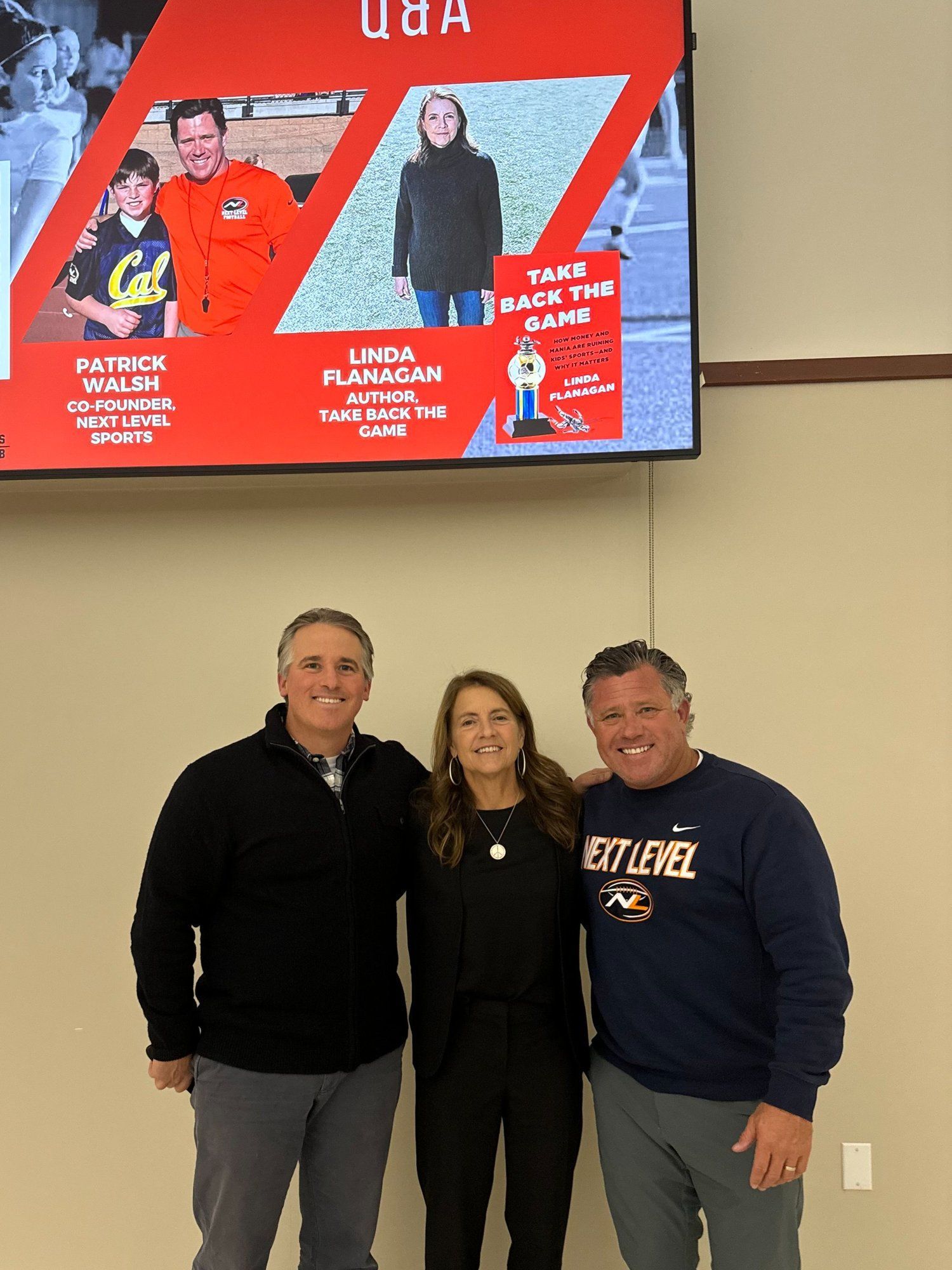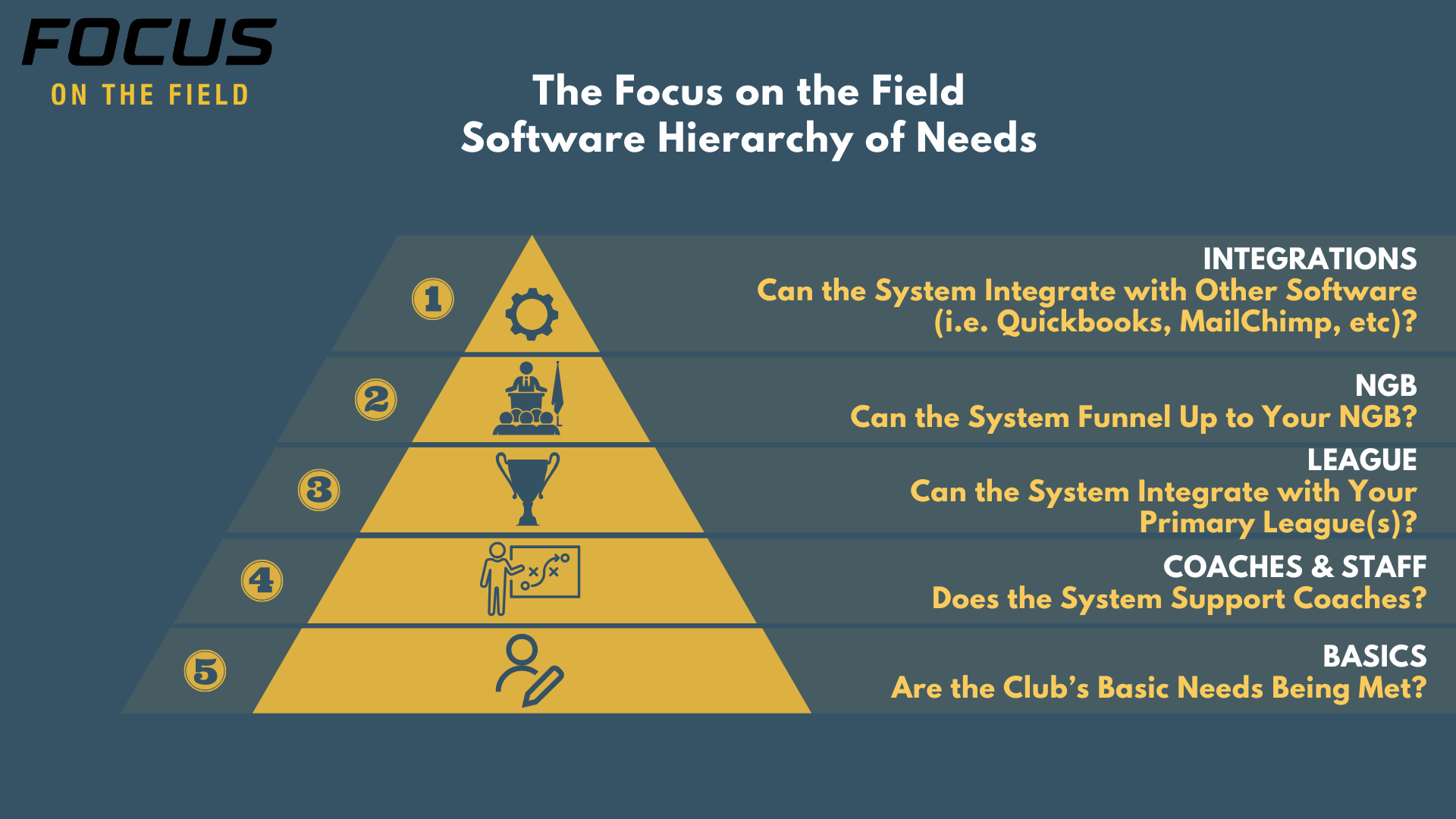Save yourself from the Admin Beast.

Somewhere in the shadowy margins of a suburban sports complex, a beleaguered youth sports director is drowning in spreadsheets, unanswered emails, and the ceaseless bickering of parents who want their kid to play attack but don’t know what offsides means. The games themselves—the real reason we’re here—have become secondary.
First, we must feed the administrative beast.
That, my friends, is the first step toward burnout. And not just for coaches and administrators, but for everyone. The players feel it in the sluggish disorganization, the scrambled schedules, the vacant stares of adults who should be leading but are buried under a mountain of menial nonsense. The parents feel it when they get last-minute practice changes or emails that sound vaguely like cries for help. It all drips down like a slow, torturous leak until the whole thing starts to rot.
If we’re going to salvage youth sports from the inevitable collapse of its own bureaucratic weight, we must declare war on the administrative nightmare that has infected the very core of the experience. Because let’s be honest—this is no way to live.
The Season is No Time for Paperwork
Here’s the ugly truth: By the time the season starts, the administrative work should be a well-oiled, self-sustaining machine. Not a bloated monstrosity devouring every waking moment. The problem is, we keep shoving it aside, thinking it can be dealt with later—until later arrives and suddenly you’re waist-deep in roster issues, missing waivers, and emergency texts about who’s bringing the orange slices.
There’s a seductive kind of chaos in sports. It makes you feel alive. But this is the wrong kind of chaos. This is the chaos of the DMV, the post office on tax day, the bureaucratic hellscape that crushes the spirit and poisons the soul.
When the season is underway, your focus should be on the game, on the kids, on the art and violence of competition—not on whether you remembered to submit a uniform order in time.
That’s why the best programs—those few bastions of sanity—run their entire off-field operation like a military campaign. Every document signed before the first whistle blows. Every schedule locked down. Every logistical hurdle obliterated before it can metastasize into a crisis. Because if you don’t handle it in advance, it will handle you.
Burnout is a Disease, and This is the Cure
People don’t burn out because the work is hard. They burn out because the work is stupid.
Coaching is hard, sure—but it’s meaningful. Watching a kid finally figure out how to dribble past a defender or make a perfect pass? That’s a high better than what you can find in a pharmacy.
But sitting up at midnight trying to find a missing birth certificate because a league official decided today was the day to care? That’s what makes good people quit.
Youth sports is losing good people at an alarming rate. Coaches, organizers, referees—people who should be the lifeblood of the whole enterprise—are walking away because the weight of the administrative mess is suffocating the joy out of the game.
If you want to keep people in, keep them sane, then the answer is obvious: streamline the madness. Simplify, automate, delegate—do whatever it takes to make sure that the burden is spread out, lightened, and, where possible, outright eliminated.
The Technology is Here—Use It
We are not cavemen. The tools exist to make this easier. Software handles registration, automates scheduling, sends reminders, and makes paperwork a thing of the past. But far too many leagues and programs are still running on the same outdated systems they were using in the early 2010s, or worse, on paper.
Why? Why do we insist on making it harder for ourselves? Nostalgia? A masochistic need to suffer? Whatever the reason, it’s killing the people who care the most about these sports. It’s time to embrace the future, offload the junk work, and reclaim the time that should be spent on the field, not in the administrative dungeon.
A Revolution is Necessary
Burnout isn’t an accident. It’s the inevitable result of a youth sports system that requires administrative busywork at the expense of work on the field. The solution is simple: obliterate the busywork. Clean up the process before the season starts, automate what you can, delegate what you can’t, and let people who raise their hand to help focus on what matters.
This isn’t just about making life easier. It’s about survival. If youth sports keeps hemorrhaging good people, there won’t be anything left to save. The choice is clear—get the administrative chaos under control, or watch the whole thing collapse under its own weight.











